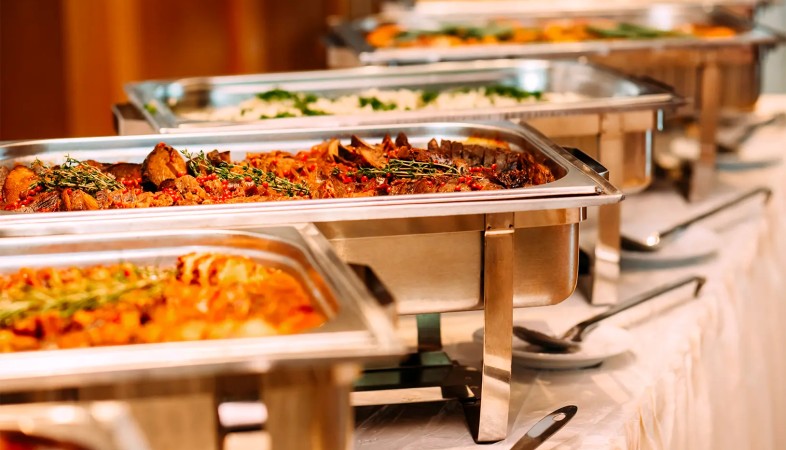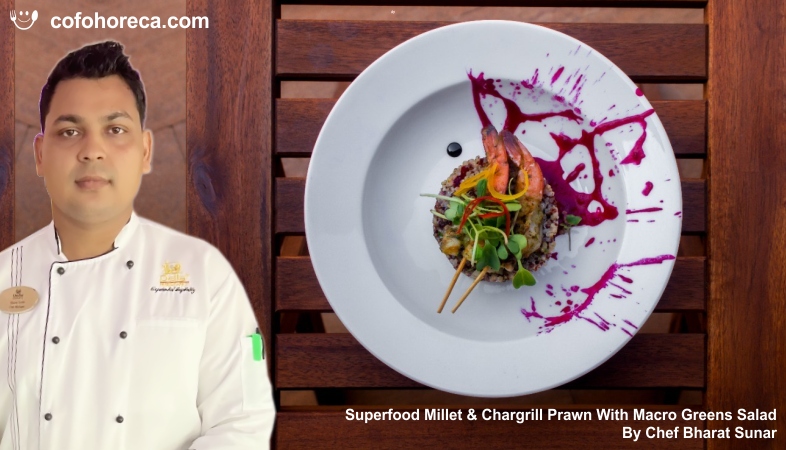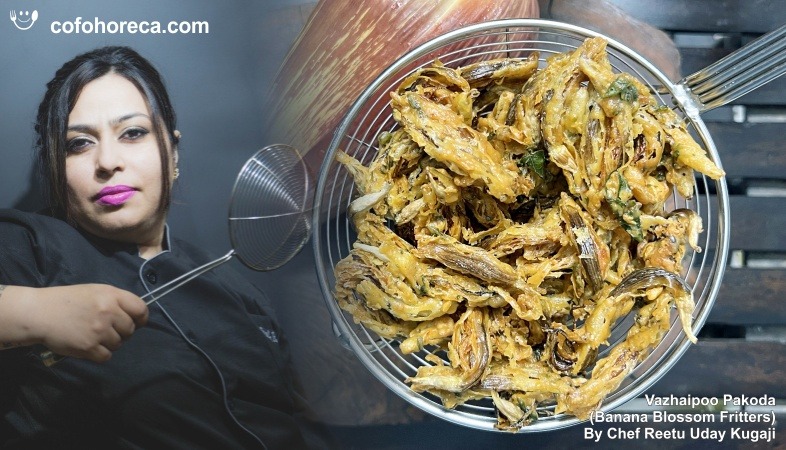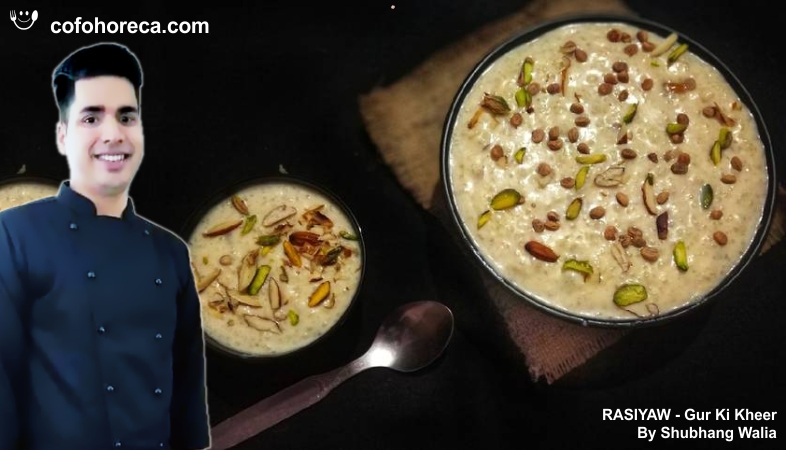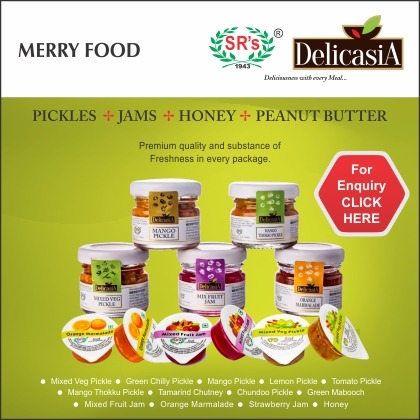Matzah and More: Unveiling Culinary Traditions in Jewish Cuisine
From the symbolic matzah of Passover to the aromatic spices of the Middle East and the hearty comfort foods of Eastern Europe, Jewish cuisine reflects a rich tapestry of flavors, traditions, and cultural influences.

Jewish cuisine is a rich tapestry woven with centuries of
tradition, cultural influences, and religious significance. From the iconic
matzah of Passover to the hearty comfort foods enjoyed on Shabbat, Jewish
culinary traditions offer a fascinating glimpse into the history and heritage
of the Jewish people. In this article, we will explore the diverse flavors and
culinary customs that define Jewish cuisine, from the Middle East to Eastern
Europe and beyond.
Matzah, the unleavened bread central to the observance of Passover, holds a special place in Jewish culinary tradition. Made from flour and water, matzah symbolizes the haste with which the Israelites fled Egypt during the Exodus. During Passover, Jews refrain from eating leavened bread and instead consume matzah as a reminder of their ancestors' journey to freedom. Whether enjoyed plain or incorporated into dishes like matzah ball soup or matzah brei (a savory or sweet dish made with crushed matzah and eggs), matzah is a staple of the Passover table.
Beyond Passover, Jewish cuisine is characterized by a diverse array of flavors and ingredients influenced by the culinary traditions of the countries where Jewish communities have settled throughout history. In the Middle East, dishes like falafel, hummus, and shakshuka are beloved staples enjoyed by Jews and non-Jews alike. These dishes reflect the vibrant flavors of the region, with spices like cumin, coriander, and paprika adding depth and complexity to the cuisine.
In Eastern Europe, Jewish cuisine takes on a heartier, more comforting character, with dishes like gefilte fish, kugel, and cholent taking center stage. Gefilte fish, a traditional Ashkenazi dish made from ground fish, onions, and spices, is often served as an appetizer during holidays and celebrations. Kugel, a baked pudding typically made with noodles or potatoes, is a beloved side dish that can be sweet or savory, depending on the recipe. Cholent, a slow-cooked stew of meat, potatoes, beans, and barley, is a Shabbat staple that simmers overnight to be enjoyed as a warm and satisfying meal the following day.
In North Africa, Jewish cuisine is influenced by the flavors of the Maghreb, with dishes like couscous, tagine, and harira featuring prominently in traditional Jewish cooking. Couscous, made from semolina grains, is often served as a base for savory stews made with meat, vegetables, and aromatic spices. Tagine, a slow-cooked stew named after the clay pot in which it is cooked, is a comforting and fragrant dish enjoyed by Jews and Muslims alike. Harira, a hearty soup made with tomatoes, lentils, chickpeas, and spices, is traditionally served to break the fast during Ramadan and is also enjoyed by Moroccan Jews on special occasions.
Jewish cuisine is as diverse and dynamic as the Jewish people themselves, with culinary traditions that span continents and centuries. From the symbolic matzah of Passover to the aromatic spices of the Middle East and the hearty comfort foods of Eastern Europe, Jewish cuisine reflects a rich tapestry of flavors, traditions, and cultural influences. Whether enjoyed at home with family or shared with friends at communal celebrations, Jewish food continues to play a central role in preserving and celebrating Jewish identity and heritage.
.png)





